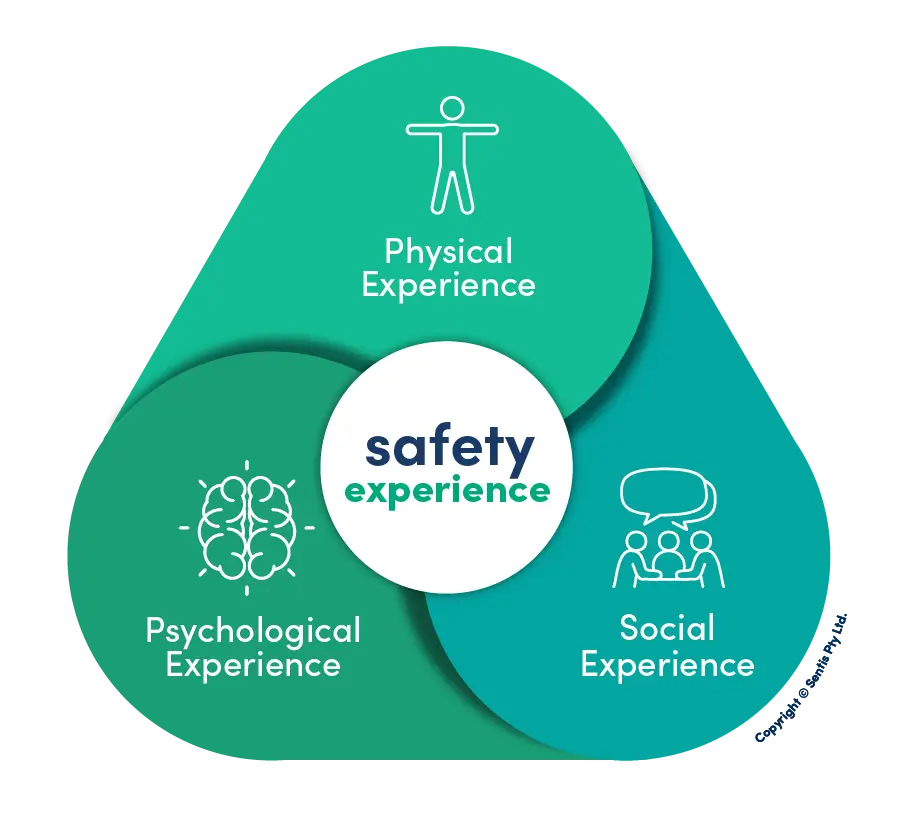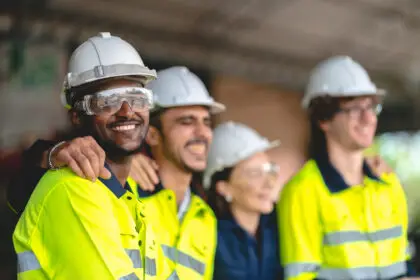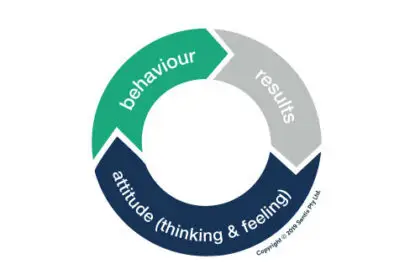
Written by Dr Vanessa Cook
Author, neuroscience nerd, safety enthusiast, learning & capability specialist, and mum of two kids and a Labrador puppy, who is, let's face it, usually the favourite child.
We rely on processes to complete tasks efficiently and reliably, to demonstrate compliance with industry regulations, and to define the roles, responsibilities and accountability for safety within an organisation. Yet, processes can also lull us into a false sense of security. Let me explain what I mean with a question.
If a person has a near miss and no one else is there to witness it, does it still get reported?
This is a play on the philosophical question ‘If a tree falls in the woods and no one is around to hear it, does it make a sound?’. The logical answer is yes – the falling tree causes sound wave vibrations in the air whether someone is there to hear it or not. Similarly, we could argue that in the case of a near miss, there is a clear reporting process, and all workers are trained in how and when to report near misses. The importance of reporting near misses is frequently communicated to workers. Therefore, there should not be any doubt here at all.
Yet, there is.
The tree falling in the woods argument is based on an assumption about how we define sound. If we define it as ‘vibrating air’, the falling tree makes a sound. If we define it as a conscious experience, the lonesome falling tree does not make a sound if there’s no one there to perceive it.
Likewise, the expectation that near misses and errors are unfailingly reported assumes that knowledge consistently transfers into action. However, having well-defined processes is not enough to reliably predict that people will follow them. The truth is that a process will only be effective if the leaders implementing it are informed by a deep understanding of human psychology and motivation.
The moment we encounter a hazard, make a mistake or experience a near miss in the workplace, we find ourselves at a decision point. “Will I follow the process, or will I let this go by…?” The outcome of this decision rests heavily on an almost subconscious assessment of the physical, psychological and social context in which the employee exists.
Consider this: You’re 61 years old, and you’ve been driving trucks for your company for over 20 years. While the job itself hasn’t really changed, there are now a tonne more rules and procedures to follow. And those have become highly technical. The new reporting system, for instance, is driven by a complex internal program buried in the company intranet and accessed from an app on the tablet you carry in the cab.
You’ve had the training, but the process still feels uncomfortable and overwhelming. Plus it’s an android tablet, and you own an iPhone. New tech makes you worried you’ll make a mistake. Anyway, you’d rather not stick your neck out and be seen to be involved in incidents this close to retirement. So when you have to pull over on the highway to secure the rear ramp that you noticed was left unlocked and could have fallen open during driving, you fix the issue and move on. No one saw it, and no one was hurt. No harm done. “No trees falling in these woods” you think to yourself. You get on the road again and don’t report it.
This scenario exemplifies the extensive research conducted by Sentis identifying that 26% of incidents go unreported, based on data from nearly 30,000 employees across 75 organisations. This research found that the three most common reasons people don’t report incidents are: They found the reporting systems difficult to use (25%), they fear the punishment, retribution or social shame that comes with involvement in an incident (37%), or they just don’t see the value in reporting, particularly if they can fix the problem themselves (38%).
Put simply, people will only report if they feel safe to report and believe that reporting will have some benefit for themselves or their team.
Our positive safety philosophy recognises that the experience of safety is three-dimensional – we need a positive physical, social and psychological experience within our workplace in order to thrive in our roles and make safe decisions (click here to access the research).
The learning from this is that we need to ensure we design and implement processes with the user experience in mind, and take into account the social context in which it will be used. And so, we need to re-evaluate our processes through the lens of safety experience.
The following example looks at a common process to be followed through the lens of the user’s safety experience and makes recommendations on how to make it more person-centred.
What process are we expecting people to follow?
What is the user’s safety experience?
How could we improve the safety experience and design the process to be more person-centred?
Following the SOPs (standard operating procedures) at all times when operating heavy machinery.
The SOPs are contained in a dense book kept in the office, it’s over 100 pages long, is complex to navigate because it contains more information than the operator requires, and it’s pitched at the regulator or engineers rather than the frontline worker. Operators can’t refer to the SOPs easily, and they don’t feel comfortable to speak up when they’re unsure of the correct procedure in a given situation.
Create a one-page version of the SOPs covering the need-to-know information for frontline workers. Make it accessible by keeping it in the cab of the machinery. Ensure training is delivered and comprehended. Use safety interactions to deliver in-field coaching and give recognition for accurate knowledge of, and adherence to, the SOPs.
In order to stay safe, we must follow the safe processes and procedures. This is drummed into every worker in heavy industry. However, we can take it one step further and pitch at a leadership and organisation level. In order to follow them, safe processes and procedures must be designed and implemented with the user and social context in mind.
So, what processes at your workplace need to be re-evaluated through the lens of worker/operator safety experience? How can we do better?





